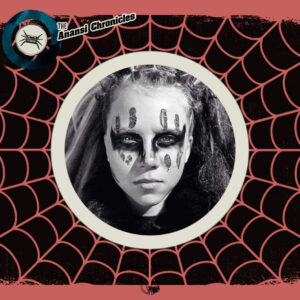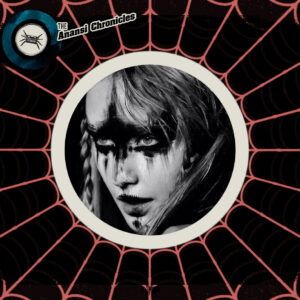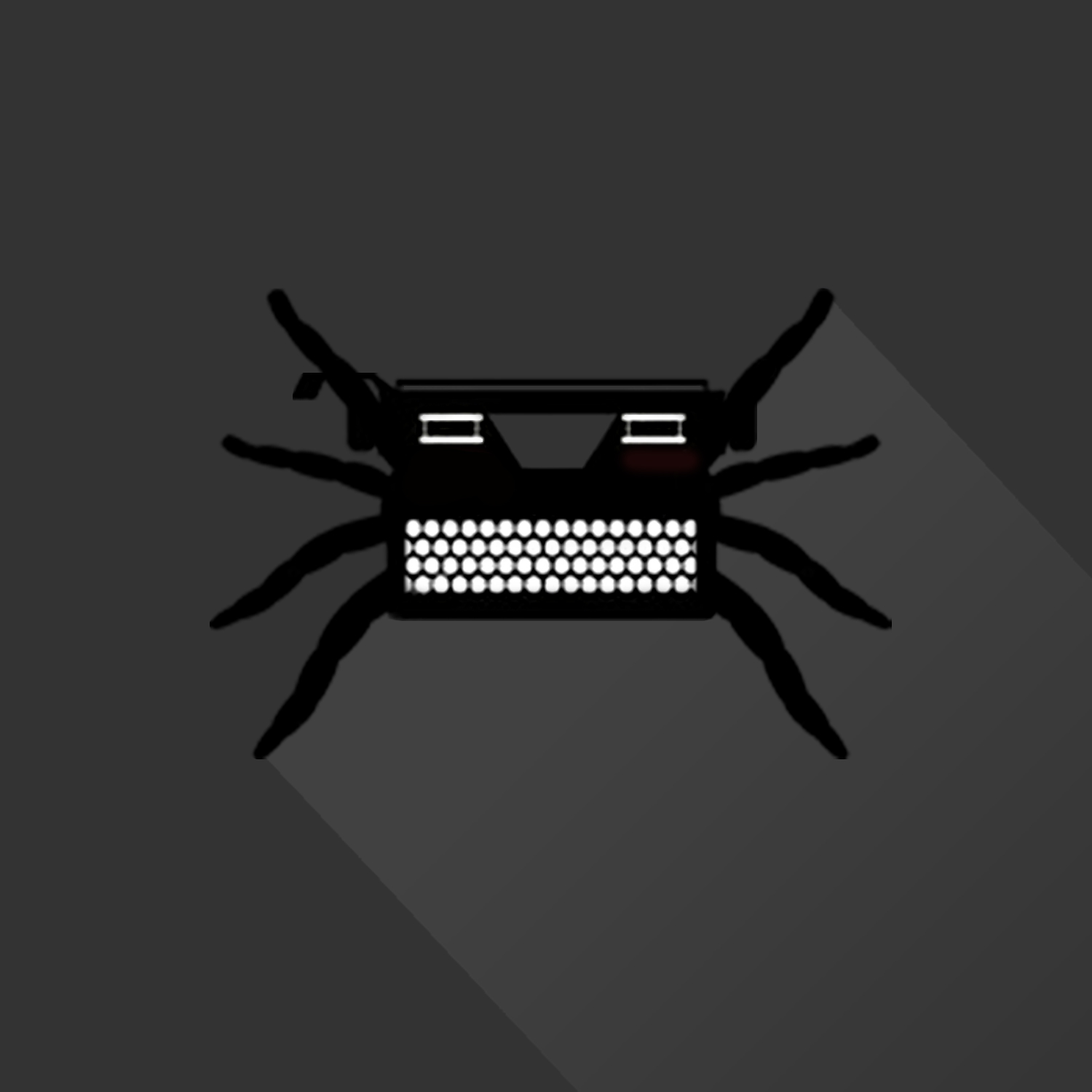BODY PAINTING IS EXISTENTIAL
In addition to the fact that tattoos are permanently inscribed on the body, they are also a form of body painting. Painting bodies is a fundamental human need that was already a vogue among people in the Stone Age. They used colors from the earth to paint themselves, the tattoo needle simply wasn’t invented yet. It wasn’t until much later that more and more attempts were made to permanently fix and integrate the body painting on and in the body. During his stay on Easter Island in 1934, Alfred Metraux dealt with the local people “Rapa Nui”. He spoke about their special relationship to “body jewelry”: the Rapa Nui defined their interest in their personal appearance more through tattoos than through clothing.
There were individuals from the Rapa Nui people who specialized in “tattooing”. With a hook made of bone, that was dipped into pigment beforehand, the paint was tapped into the skin with a hammer. The pigments came from the charcoal of branches and the admixture of berry juice from the plant “black nightshade”, which is very poisonous. TOP
The whole process was very tedious and dragged on for years. At 8 years old the “tattooing” started. The sessions were extremely painful and dangerous. For some people in the Rapa Nui tribe their tattoosremained unfinished.

Body – Soul – War
Body painting nowadays follows rather pleasurable motifs. The body is an object of desire, of life and also dealing with its environment. Since the hippie movement we have found our way back to an intensive examination of the body; we paint ourselves when we dress up (body painting/makeup), when we protest (Femen) and when we want to appear mystical and sexy (swingers club?). Furthermore, we can apply a healing mud mask, for a better collection, from a drugstore for 99 cent.
A completely different aspect regarding body painting is when it is used for the direct purpose of armed conflicts. For example; for the Native Americans body painting was and is of great importance during war times. The color red signifies success in war while the color blue means defeat and difficulties with the opponent.
In all cultures around the world war paint exists. The Teutons often went to battle painted completely black. When the face of an opponent is alienated it has a powerful effect. When one cannot ascertain a facial expression the individuals personality cannot be detected, which can be alienating. Now when the face is tattooed, painted or changed it looks foreign or frightening. The “Scottish Picts” dyed their faces with woad to look fearsome in battle. Caesar reports: “All Britons colored themselves with woad, which causes a blue color… and this makes them so terrible to look at in battle”.


Warface
War and Peace
In dialectical terms, the symbols if war on the skin also points in the opposite direction – towards the need for peace and the desire to overcome a crises.
Tattoos containing a war theme can also be used as a warning symbol; as processing of pain and conflict. War like times were terrible, but now they are pacified. The tattoo is a healed scar on the skin. This is a heavy but often times necessary tattoo. This tattoo symbolizes healing. For example, World War II tattoos often represent memories of dead comrades or family members. They are signs of loss and also a deep aversion to violence. Wars always bring pain and suffering – for all involved. It is also not uncommon for war tattoos to be a warning motif; which is intended to bring the horror and sadness of such events closer to the viewer. The tattoo is a permanent, “living” memorial against violence. Therefore, such a tattoo is also one of the deepest and most impressive declarations of a desire for peace.
War may be “father of all things”, (according to Heraclitus, born 520 BC). However it can be overcomeby daughter or son: every pain, no matter how great, can be symbolically overcome – with better times appearing on the horizon.




